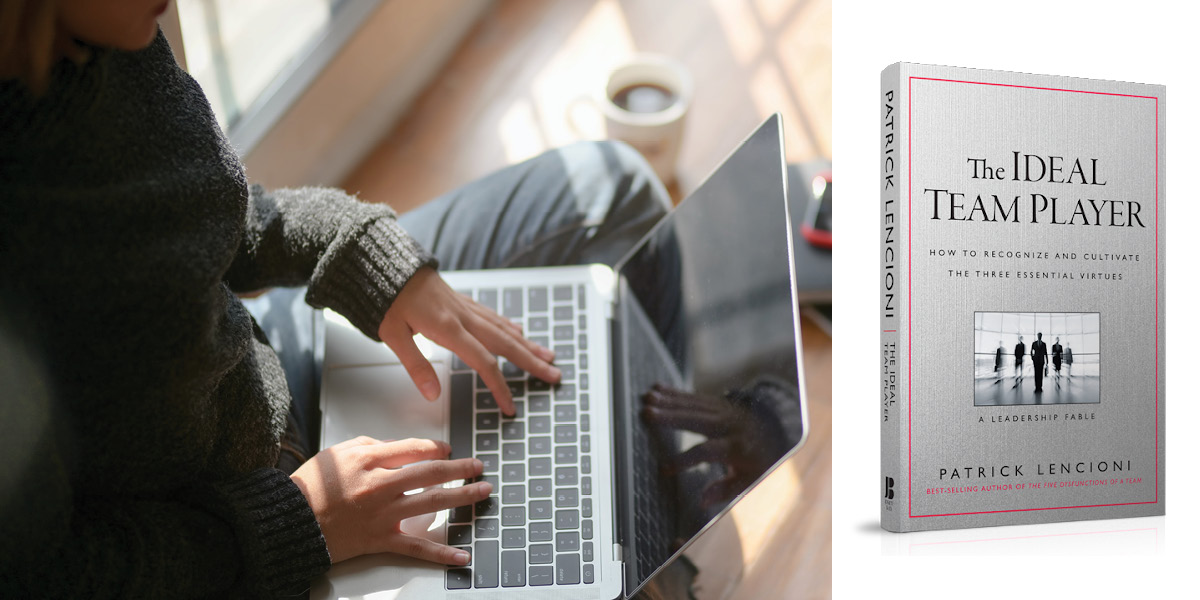
We’ve all been there. In search of the “perfect” internship or job, and getting a bit cross-eyed after looking over our cover letter, resume, and portfolio ONE more time before we upload and hit ‘SAVE’. But what happens to our submission materials after we upload? How do employers review our information? Am I the only one that ever wondered that when I was a student or emerging professional? (I highly doubt it!)
Look no further, y’all. We’re here to help with a quick run-down of the shortlist criteria we use in deciding who we’ll interview for positions! Use it as a checklist, if you’d like, because we REALLY think it might help the next time you submit your application materials to your next prospective employer.
Is the application complete?
Did the applicant include all of the requested components for their submission, including cover letter, resume, and portfolio? How about references? Remember, your prospective employer probably has a lot going on, so the easier and more complete your application is, the less likely they need to do the extra step of asking you for missing pieces.
Is the application specific?
Did the applicant log onto the firm’s website long enough to know who to address their cover letter to, or what kind of work our firm does, or what cool projects we’ve recently been awarded? Our philosophy is that anyone who chooses to use the exact same letter for 100 applications probably isn’t interested in OUR firm more than anyone else’s, and we’d rather interview folks who are truly interested in our team and align with our philosophy and goals.
Is it accurate?
Are dates correct? Are things spelled correctly and grammar-checked? Design professionals have to be incredibly clear and precise communicators when project budgets and legal issues are at stake, and we care that applicants work hard to be attentive to the details. If you aren’t a great speller – that’s okay, but hopefully you realize that spell check was invented for exactly that purpose. ????
Is the applicant prepared?
Most students who do not yet know how to use any production software, handle digital media, build a model, or the like are not going to have a great experience. We want you to have a successful internship, not spend the entire time being overwhelmed. If you don’t have enough skills yet to be helpful, perhaps shadowing would be a good start, or being willing to assist with some clerical and organizational tasks at the beginning – without being upset that you aren’t designing buildings yet. You don’t know what you don’t know – which takes time and can be challenging and overwhelming.
Are they Hungry, Humble, and Smart?
Read Patrick Lencioni’s book “The Ideal team Player”. It’s worth it.
- We want team members who are hungry: They express and embody an urgent need to grow and learn, and the right attitude to work hard to do so. They don’t quit. They want to be successful, and they are clear about what that means for them.
- We want team members who approach their work with an attitude of humility: They want to learn and grow more than wanting to satisfy their ego. We avoid the use of jargon in our office, because we find it comes off as though we’re speaking down to our audience/clients if they aren’t “Inside” the architectural club and know the lingo. It’s confusing and doesn’t make architecture and design accessible for our audience.
- We want team members who are smart: They are PEOPLE smart. They are emotionally intelligent. They can read a room, communicate effectively, and act in ways that make people like them and want to work with them. That also mean they are great listeners, because clients and colleagues want to know that people listen and care about what they have to say.
Is the applicant a good “fit”.
We like to hire folks who have some shared goals and vision, yes, but also who possess diverse points of view and skills compared to other members of our team. We love it when we get a team member who can teach us new things because it satisfies our curiosity to learn more about design, about process, about people, about the world, about new cultures, new skills, and the list goes on! A cover letter is a great place to express what things we likely share (vision and goals), and what things you bring to the team that may be unique strengths.
Overall – we really hope this list helps you think about what your future employer might be looking for, and craft your application materials to stand out among those competing for the internship or job of your dreams! Stay tuned for the next post in the series, where we go over some tips & tricks to creating a strong portfolio!
